Materials to run outdoor 220V disconnect
Jason, zone 7A, near Greensboro NC
last year
Related Stories
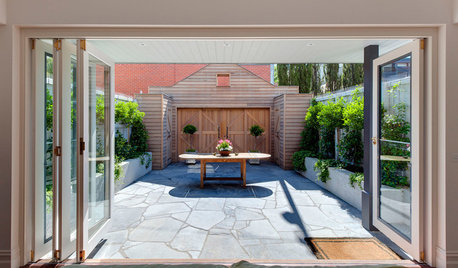
LANDSCAPE DESIGNHow to Pick the Right Paving and Decking Material
Once you’ve got the walls or fences of your garden figured out, it’s time to consider the ground surface or floors
Full Story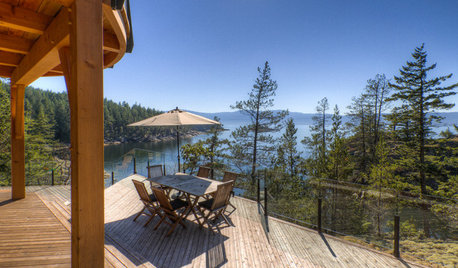
DECKSDecking Materials Beyond Basic Lumber
Learn about softwoods, tropical hardwoods, composites and more for decks, including pros, cons and costs
Full Story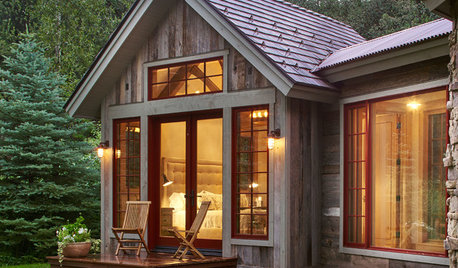
GUESTHOUSESHouzz Tour: A River (Almost) Runs Through It in Aspen
This guesthouse on a family compound has rustic charm, modern touches and dramatic river views
Full Story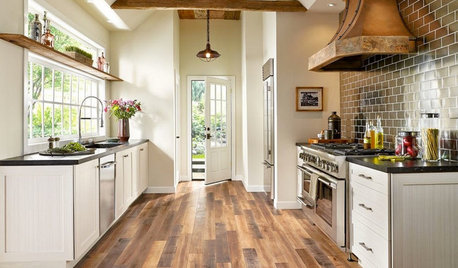
MOST POPULARPros and Cons of 5 Popular Kitchen Flooring Materials
Which kitchen flooring is right for you? An expert gives us the rundown
Full Story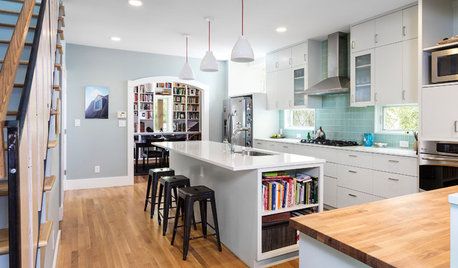
MOST POPULAR6 Kitchen Flooring Materials to Boost Your Cooking Comfort
Give your joints a break while you're standing at the stove, with these resilient and beautiful materials for kitchen floors
Full Story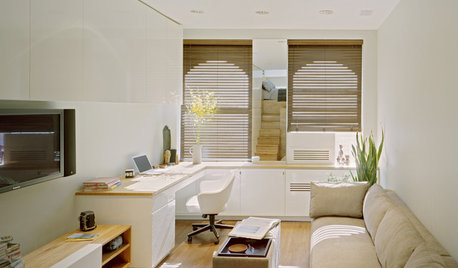
SMALL HOMESCan You Live a Full Life in 220 Square Feet?
Adjusting mind-sets along with furniture may be the key to happiness for tiny-home dwellers
Full Story
MOST POPULARYour Guide to 15 Popular Kitchen Countertop Materials
Get details and costs on top counter materials to help you narrow down the choices for your kitchen
Full Story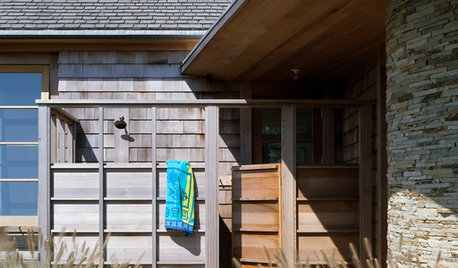
GREAT HOME PROJECTSHow to Add an Outdoor Shower
New project for a new year: Experience bathing in a whole new light with a shower in the fresh air
Full Story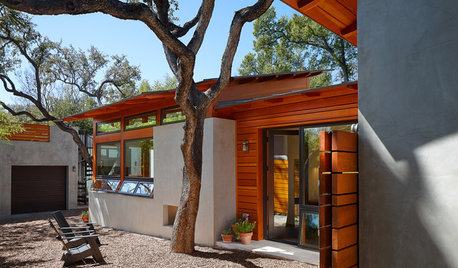
HOUZZ TOURSHouzz Tour: A Design for Better Outdoor Living in Texas
Extensive remodeling allows a family to live large in less space
Full Story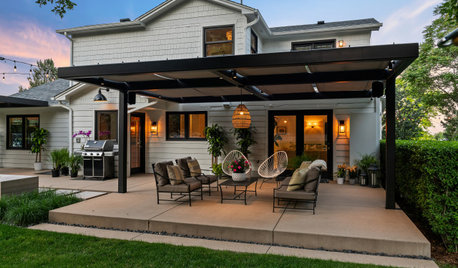
WORKING WITH PROSYour Guide to a Smooth-Running Construction Project
Find out how to save time, money and your sanity when building new or remodeling
Full StoryMore Discussions









kevin9408
HU-867564120
Related Professionals
Sunrise Manor Kitchen & Bathroom Remodelers · Fremont Kitchen & Bathroom Remodelers · Hawthorne Kitchen & Bathroom Remodelers · Duncanville General Contractors · Markham General Contractors · Norristown General Contractors · Fontana Painters · Kyle Painters · Saint Andrews Painters · Ashland Electricians · Three Lakes General Contractors · Green Bay General Contractors · Newington General Contractors · Winton General Contractors · West Chester Home Automation & Home MediaJason, zone 7A, near Greensboro NCOriginal Author
dennisgli
HU-867564120
Jason, zone 7A, near Greensboro NCOriginal Author
kevin9408
Jason, zone 7A, near Greensboro NCOriginal Author
dennisgli
Jason, zone 7A, near Greensboro NCOriginal Author
kudzu9
Jason, zone 7A, near Greensboro NCOriginal Author
kevin9408
Jason, zone 7A, near Greensboro NCOriginal Author
kevin9408
Jason, zone 7A, near Greensboro NCOriginal Author
Jason, zone 7A, near Greensboro NCOriginal Author
kevin9408
Jason, zone 7A, near Greensboro NCOriginal Author